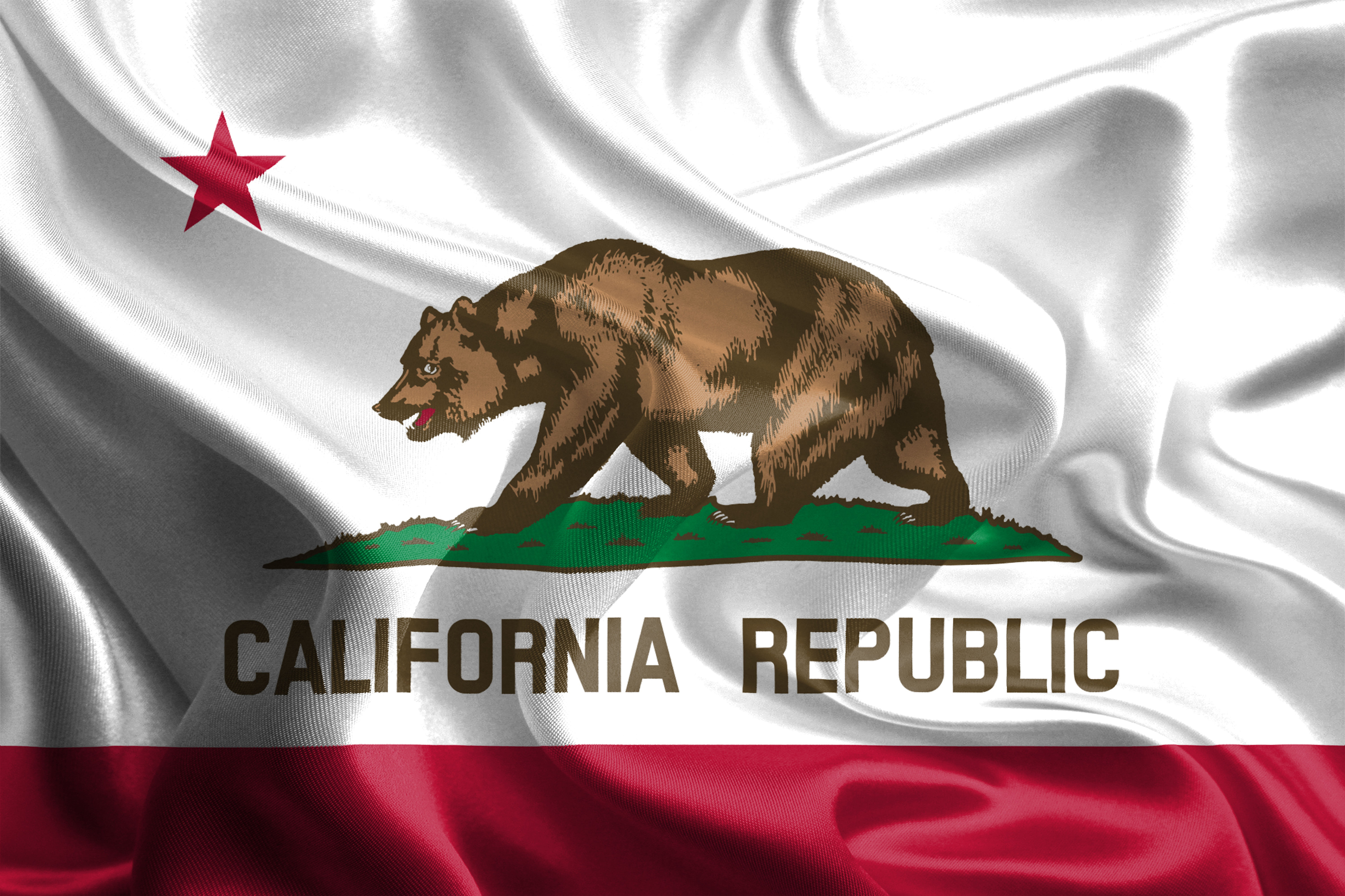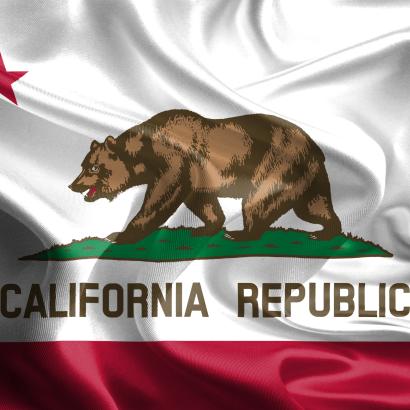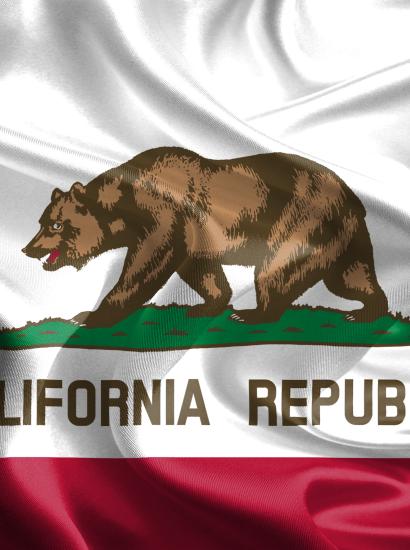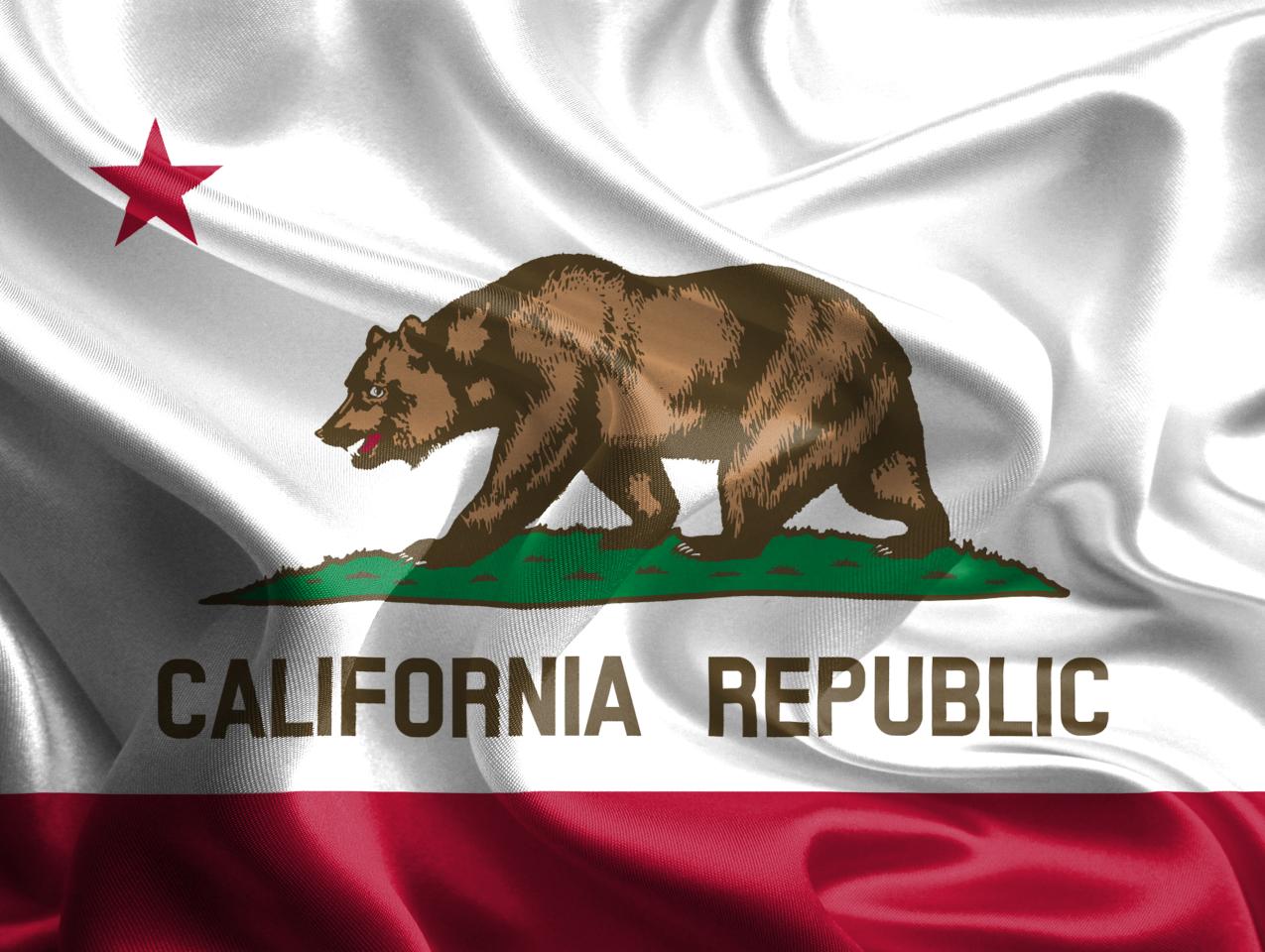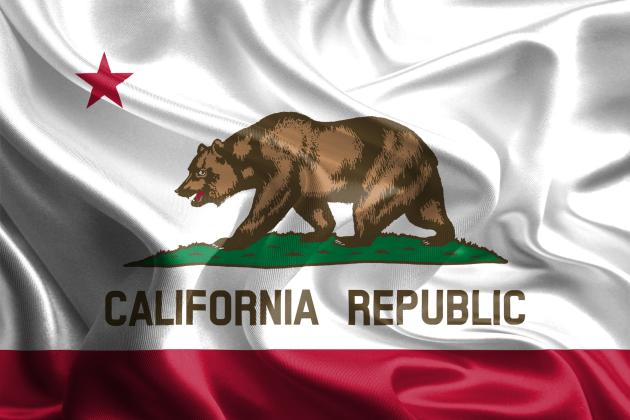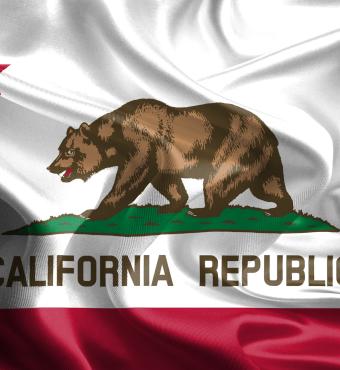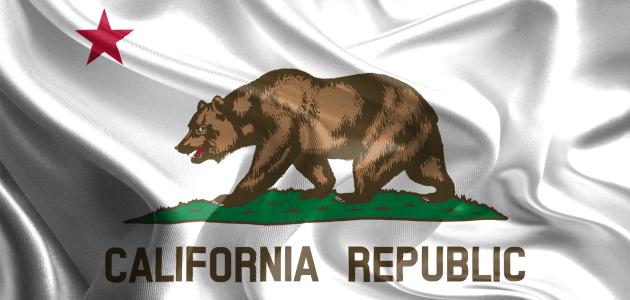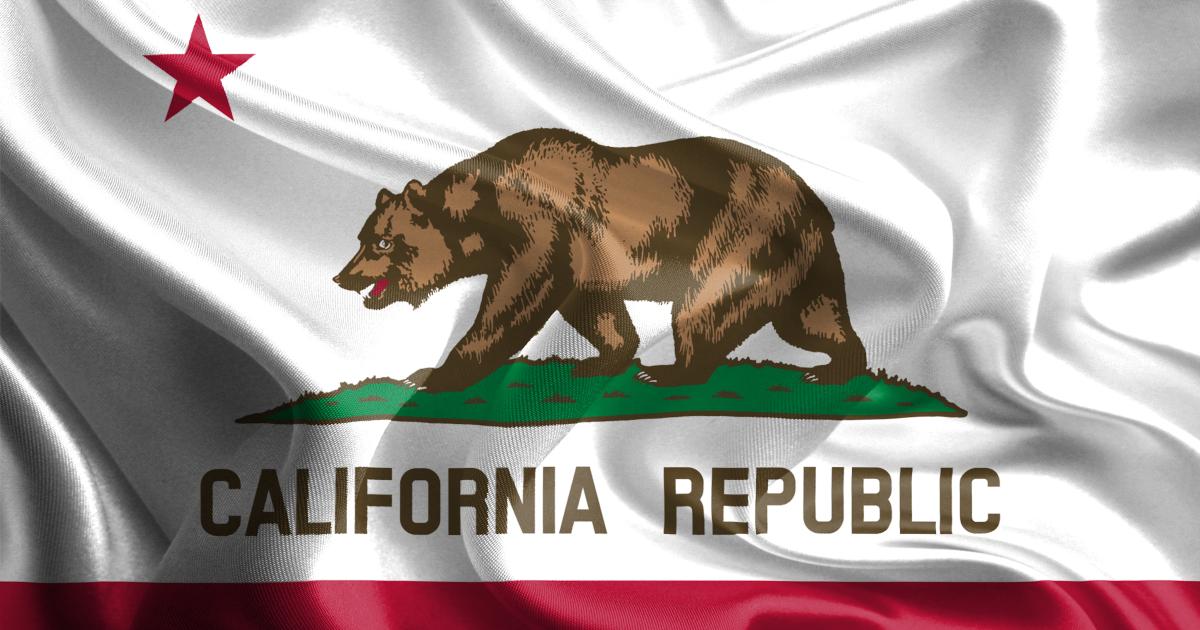- State & Local
- California
The political calendar dictates that 2025 should be a slow year in California—“slow” in that it’s a void between two statewide elections, when (in theory) the two major parties are licking their wounds over the results of the near past and planning for the next engagement.
But that hasn’t been the case in the Golden State. California politics, to summon an Oliver Stone sequel, “never sleeps”—not with a politically ambitious governor who acts like this year ends in an “8” (like some presidential election years) and not a “5”; a president with seemingly little fondness for America’s most populous state (three November drubbings will do that to a politician); plus the sad state of “business as usual” when it comes to managing the Golden State’s finances.
What have we learned so far about 2025?
1. Gubernatorial Evolution/Revolution. Fitting for the land of emerging technology, California Governor Gavin Newsom comes across as a piece of evolving software.
The year began with Gavin 1.0—the governor calling a special session of the legislature in advance of the Trump inauguration to approve litigation funding to “safeguard critical funding for disaster relief, health care, and other vital services that millions of Californians depend on daily.”
That version of Newsom—resister-in-chief—lasted all of one week into the new year, until portions of Los Angeles erupted in wildfire flames. Thus emerged Gavin 2.0, programmed with a more cordial approach to the Trump administration given the pressing need for federal disaster aid.
Following that: Gavin 3.0, a governor-turned-podcaster eager to strike up conversations with his erstwhile foes on the right (much to the chagrin of some progressives). But that version gave way once again to unfolding events in Los Angeles—this time, enforcement of federal immigration laws that began in early June.
After that: Newsom 4.0—in truth, an updated version of Newsom 1.0 and the revamped role of California’s governor as the spearhead of anti-Trump resistance (unlike the podcast, music to Democrats’ ears).
Will there be a Newsom 5.0 this year? That depends, in part, on how the governor approaches this fall’s bill-signing season, i.e., what pieces of legislation Newsom chooses to underscore his political agenda and advance speculation about a future presidential run.
Stay tuned—and ask yourself this question: How “state of the art” will 2025 political software be two summers from now, when presidential candidates are touring early-primary states?
2. The Waiting Game Will Soon Be Over. If Newsom seems to be in a hurry to exit Sacramento for the likes of Iowa and New Hampshire, former Vice President Kamala Harris is the opposite: She’s seemingly in no rush to establish herself as a gubernatorial heir apparent.
Consider this recent story in The Hill, with a headline claiming Harris is giving the governor’s race “a serious look.” What awaits in the second paragraph: Harris “hasn’t made a final decision yet and is still considering all her options . . . and is giving the race strong consideration.”
In other words, flip a coin.
Meanwhile, this much we know: Harris’s husband, Doug Emhoff, has taken a teaching gig at the University of Southern California’s Gould School of Law (his alma mater). That adds more California balance to the former “second couple’s” bicoastal marriage.
Second, there’s Richard’s Nixon legacy, which will be referenced ad nauseum should Harris jump into the 2026 election. In 1962, Richard Nixon, like Harris, was a former vice president fresh off a (spiritually) crushing loss as a presidential nominee and hoping for political redemption—the chance to prove to the world he was a “winner” by becoming California’s governor.
Nixon formally entered the race in late September 1961 (not unlike Harris’s camp teasing a decision by summer’s end). On the other hand, Nixon ran on more than pre-existing stature: Nixon ran on more than pre-existing stature – for instance, just two months before the election he ventured north to rural Eureka to lay out a six-point plan for the region’s suffering lumber industry.
As for Harris, The Hill reports: “She has been particularly interested in the issues facing younger voters and has been holding lengthy discussions about the future of artificial intelligence.”
A deep policy dive it’s not. Then again, that cerebral approach didn’t turn out well for Nixon.
3. What’s Cooking in Sacramento? The Books. If you’re “old school” when it comes to personal finances—prioritizing saving over spending—now’s not a good time to be looking in Sacramento’s direction.
That’s because a new state budget, per usual, is a creative exercise in math, “cooking books” in ways that ignore harsh fiscal realities (including a so-called structural deficit that Newsom likely will pass along to his successor).
It’s also because of the governor’s failed attempt to legislatively fast-track his plan to build a 45-mile tunnel— aka the Delta Conveyance Project—to deliver water from the Sacramento–San Joaquin River Delta to the California Aqueduct, a $20 billion scheme that lawmakers avoided auditing.
Why the financial concern? For openers, that $20 billion price tag was based on figures tallied last year by the state’s Department of Water Resources (in 2016, the project came in at $16 billion).
Second, it’s not like the Golden State is awash in money (pun intended), as a cash-strapped Sacramento would have to issue revenue bonds to fund the project.
Speaking of revenue, it turns out that California’s timing hasn’t been all that lucky of late. Consider last month’s big news out of the Southland: the Buss family selling majority ownership of the Los Angeles Lakers for a franchise valuation of about $10 billion, the highest price for an American-based sports operation.
How does this relate to California’s struggling finances? The six Buss siblings who agreed to the deal will receive about $1.1 billion apiece, as the family trust accounted for 66% of the team’s ownership. It’s safe to assume that the California’s State Franchise Tax Board will keep a close eye on how those instant billionaires plan to shelter their newfound wealth. But, alas, the deal came too late to have helped the state manage this year’s revenue shortfall.
All of which ties into a problem with California budgeting in this century: the overreliance on money materializing out of nowhere in the form of capital gains tax payments, i.e., Sacramento at the mercy of stock, real estate, and IPO markets.
Add to that: the ongoing questions of working-class affordability in the Golden State.
The Lakers’ incoming majority owner, Mark Walter, is also the chairman and controlling owner of the Los Angeles Dodgers—arguably baseball’s most successful franchise in its ability to win on the field and creatively manage the sport’s highest payroll.
But in California, winning comes at a cost—namely, the cost of seeing a Dodgers game in person. In Los Angeles, the median family income barely surpasses $100,000. Assuming both parents work—and subtracting expenses for housing, food, healthcare, and other family-related outlays—that leaves about $530 a month in spare change. The estimated price for a family of four to take in a game at Dodger Stadium: a league-high $399.68.
4. They’ll Miss Him When He’s Gone. One thing the Dodgers know: Winning a championship during a Trump presidency raises the question of how a California sports franchise handles the White House visit. (In 2017, for example, the Golden State Warriors and the National Basketball Association found themselves at odds with Trump over whether athletes must necessarily stand for the national anthem.)
One wonders what state lawmakers would do if Trump came to California and addressed the legislature. If they bothered to stand up, would they turn their backs and walk out?
This much we do know: Those same lawmakers will miss Trump once he leaves, as the current president serves as a foil and scapegoat—not to mention a distraction.
Case in point: a state budget deficit that California’s political ruling class refuses to admit is the result of runaway spending but instead credits to the uncertainty of Trump tariff policies and less federal money headed California’s way. (Here’s a Newsom press release accusing Trump of “economic assault” in the very first sentence). Never mind that back in January, well before Trump started imposing tariffs, the state’s Department of Finance attributed a $10 billion decline in projected revenue to less capital-gains income tax paid by the wealthiest Californians.
But in today’s California, Trumphobia and rage against conservative media outlets serves many purposes. Second case in point: Newsom’s $787 million defamation lawsuit against Fox News, filed the same day that Newsom signed off on the new budget.
What the news of that lawsuit accomplished: (a) The litigation, not the budget, was that day’s big story news out of Sacramento; (b) as with last month’s “democracy at a crossroads” speech lambasting Trump’s handling of protests in Los Angeles, serving Fox News with a lawsuit serves a greater political purpose for Newsom—to convince Democratic activists that he’s a fighter (and in case one doubts politics are at work: hours after filing the lawsuit, Newsom mentioned it in an email looking for donations to his political action committee).
Will the governor have his day in court?
Will the former vice president run?
Will California get its financial act together?
Can a working stiff afford to go to Dodger Stadium?
It will take well beyond the second half if 2025 to settle some of those mysteries.







